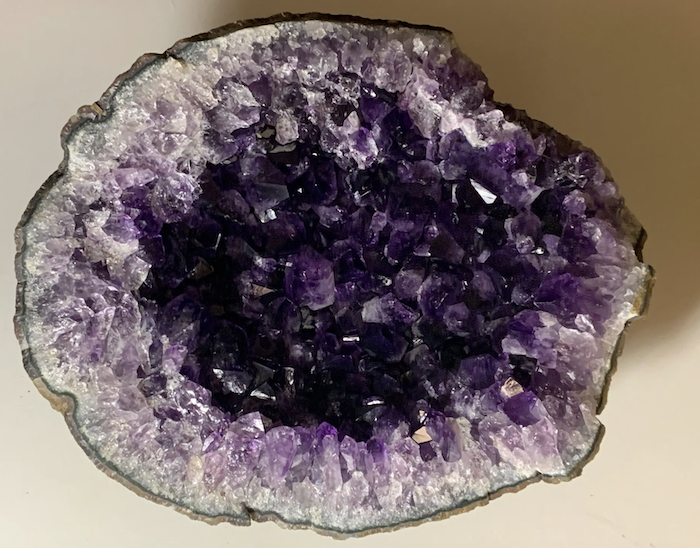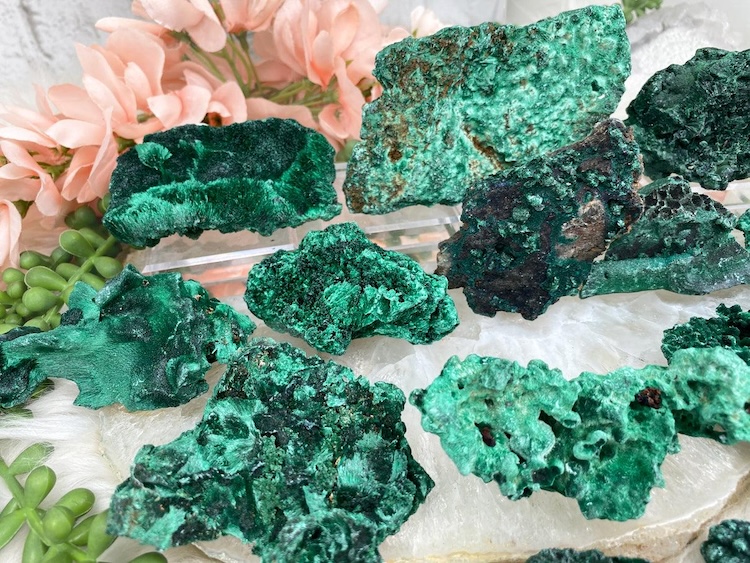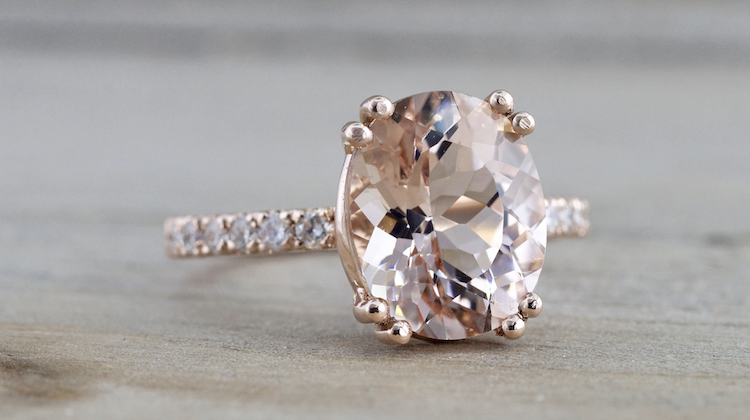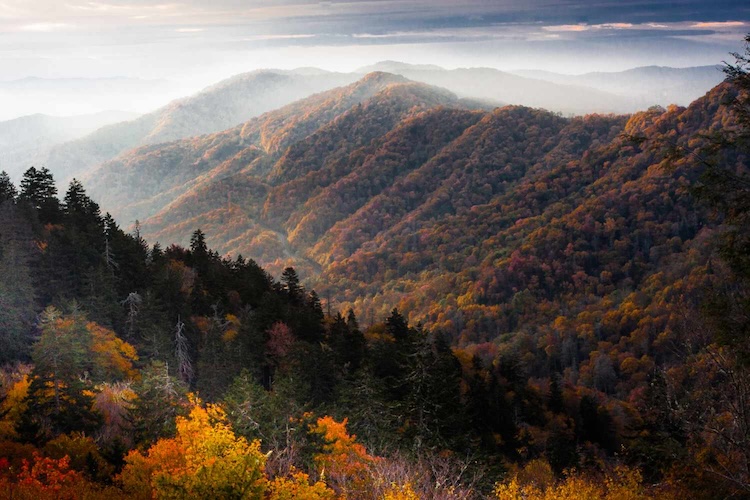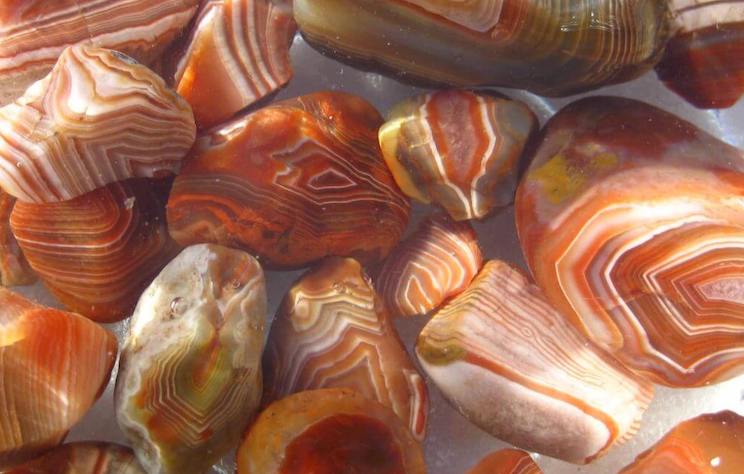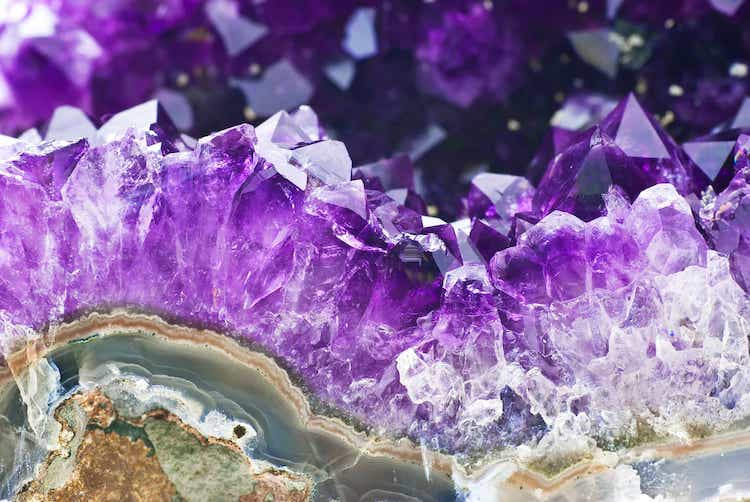Chalcedony Price By Color | How Much Is It Worth
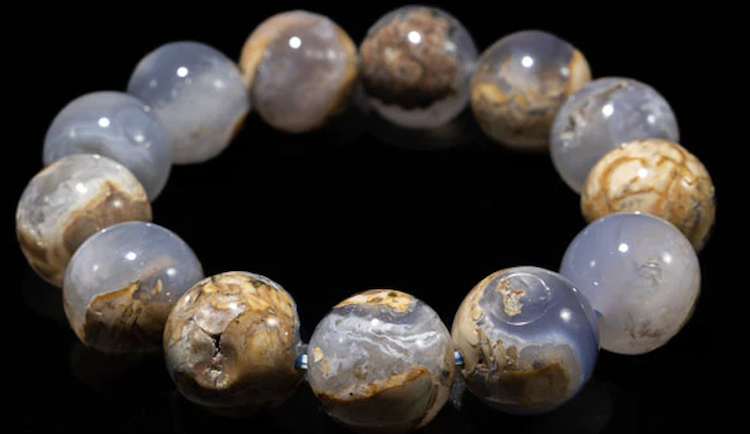
hakChalcedony is a magical gemstone that has a silky texture and attractive colors. If you are intrigued by its worth, in this article, we will delve into Chalcedony price by color and factors that contribute to its worth.
Chalcedony comes from the Latin Chalcedonian. It is a popular gemstone that is widely used in jewelry and other decorations. It is known for its diverse range of colors and has captivated the hearts of gemstone enthusiasts for centuries.
From soothing blues to warm earthy tones, the hues of chalcedony are as varied as the factors that influence its price. Let’s take a closer look at this gemstone, and determine how much it’s worth.
What is Chalcedony
Chalcedony is a type of microcrystalline quartz that belongs to the family of quartz. It is known for its waxy luster and fine grain.
Chalcedony occurs in a wide range of colors, including white, blue, pink, lavender, brown, green, and orange. The diverse color palette makes chalcedony a popular choice for jewelry, providing options for different tastes and styles.
Chalcedony is often translucent, allowing light to penetrate the stone to varying degrees. This translucency enhances the gem’s visual appeal and contributes to its overall beauty.
Throughout history, chalcedony has been revered in different cultures for its perceived mystical and healing properties. It has been used to create amulets, talismans, and jewelry with symbolic significance.
Also read:
Chalcedony Price By Color
Let’s take a look at different chalcedony colors and their worth.
1. Milky White Chalcedony
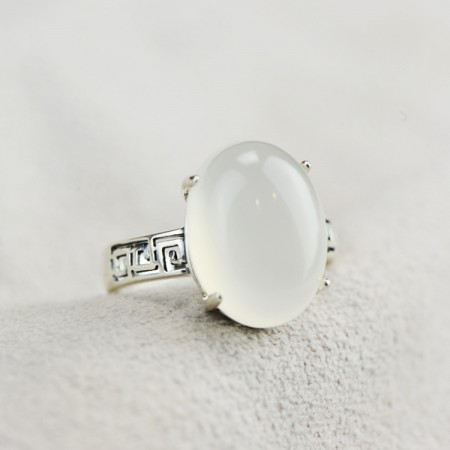
Milky white classic and timeless hues are among the most common varieties of chalcedony. Their affordability makes them an excellent choice for budget-conscious jewelry enthusiasts.
Milky white chalcedony, often resembling moonstone, exudes an elegant and understated charm. Some also have a pale blue color, reminiscent of a clear sky, and are equally popular for their soothing and calming appearance.
The pricing for milky white and pale blue chalcedony is generally on the lower end of the spectrum due to their abundance.
How much is white chalcedony worth: White chalcedony typically costs $1 to $15 per carat. However, the overall quality of the gem, including clarity and translucency, can still influence the final price.
2. Blue Chalcedony
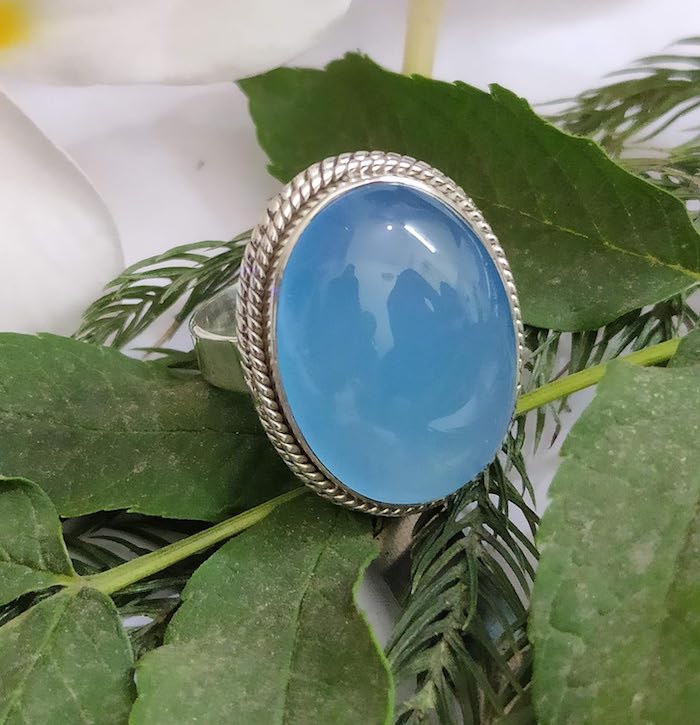
As the intensity of the blue color deepens, so does the price of chalcedony. Vibrant blue chalcedony, reminiscent of the ocean’s depths, captivates with its rich and saturated hue.
This variety is often used as a more affordable alternative to precious blue gemstones like sapphire, offering a similar visual appeal at a fraction of the cost.
The presence of other factors, such as uniformity of color and absence of inclusions, can further enhance the value of vibrant blue chalcedony.
How much is blue chalcedony worth: Blue chalcedony can range from $1-$20 per carat. However, chalcedony with an intense blue color is highly rare, thus priced more.
3. Pink Chalcedony
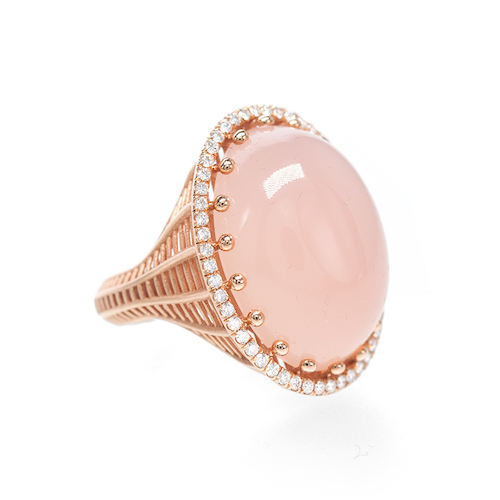
Pink chalcedony is prized for its delicate and feminine appeal with pink shades ranging from pastel pinks to soft peaches, adding a touch of romance to jewelry designs. The scarcity of these colors compared to their more common counterparts contributes to a higher price point.
Gemstones with an even distribution of color and minimal impurities are considered more valuable in the case of pink chalcedony.
How much is pink chalcedony worth: Pink chalcedony is priced from $2-$30 per carat. However, the prices may vary depending on the intensity of the pigment.
4. Purple Chalcedony
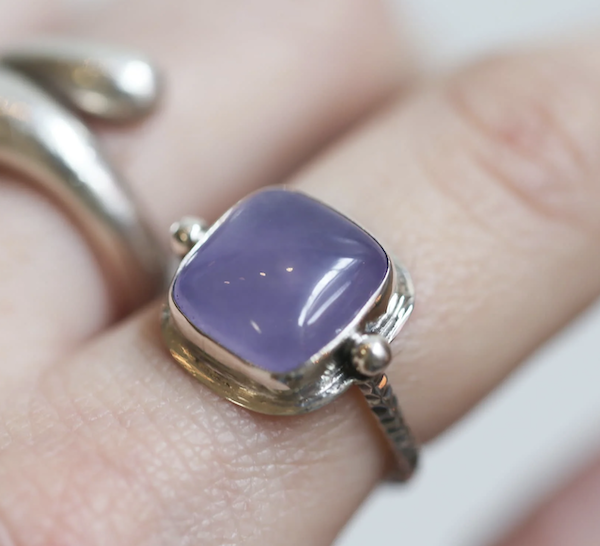
Purple Chalcedony ranges from soft lavender hues to deeper shades of violet. This gemstone is valued for its aesthetic appeal and is often used in jewelry for its unique colors.
The purple hues in the gemstone are because of trace elements like iron and manganese in its crystal lattice.
How much is purple chalcedony worth: Purple chalcedony typically costs $3-$30 per carat.
5. Green Chalcedony
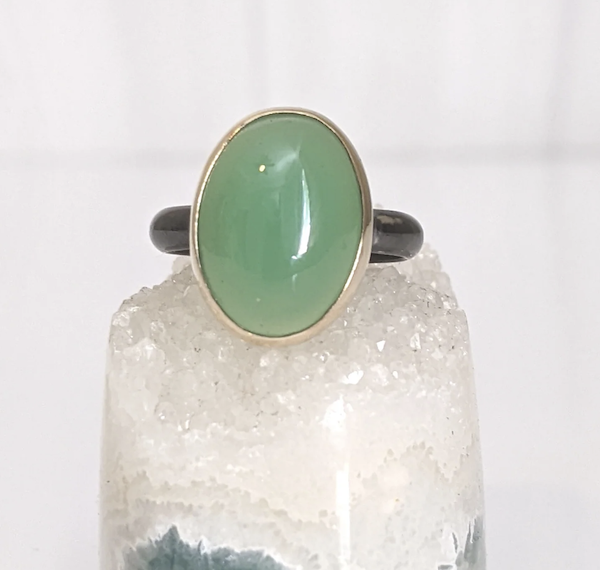
Chalcedony in lush green hues is a rare and coveted find. Ranging from earthy greens to deep forest shades, green chalcedony stands out for its uniqueness.
The scarcity of this color, coupled with the demand for distinctive and unconventional gemstones, places deep green chalcedony at a higher price tier.
Clarity and intensity of color are paramount in determining the value of green chalcedony, with deeply saturated stones commanding a premium.
How much is green chalcedony worth: Green chalcedony costs anywhere from $2-$50 per carat.
Factors Determining the Price of Chalcedony
Here are some of the common factors that determine the price of chalcedony:
1. Color
Chalcedony exhibits a mesmerizing array of colors, each contributing to its allure and market value. The gemstone is found in shades ranging from milky white and icy blue to vibrant pink and deep green.
Some colors are more rare than others, thus having a higher price.
2. Transparency and Clarity
The transparency and clarity of chalcedony significantly impact its value. Gemstones with minimal inclusions and a high level of transparency are considered more valuable.
Clarity is assessed by examining the presence of visible flaws, cloudiness, or other imperfections within the gem.
3. Carat
As with most gemstones, carat weight plays a role in determining the price of chalcedony. Larger stones are generally more valuable, but the overall quality and color saturation remain crucial factors.
Buyers should balance carat weight with other considerations to find the ideal combination of size and quality.
4. Cut and Shape
The cut and shape of a chalcedony gemstone influence its brilliance and overall aesthetic appeal. Well-executed cuts that maximize the stone’s natural beauty can enhance its value.
Unusual and custom shapes may also command a premium, especially if they complement the unique characteristics of the chalcedony.
5. Origin
The geographical origin of chalcedony can impact its price, with stones from certain regions being more highly prized.
Chalcedony from well-known deposits with a history of producing high-quality gems may command a premium in the market.
6. Market Trends
Fluctuations in market trends and consumer demand can influence the prices of chalcedony. Gemstones that align with current fashion trends or are favored by collectors may experience increases in value due to heightened demand.
How to Get Appraisal on Your Chalcedony
To get a good appraisal, make sure to look for a certified gemstone appraiser with expertise in chalcedony. Choose an appraiser that is certified by reputable organizations such as the American Gem Society.
Before going to the appraiser, you need to have all the relevant information regarding your specimen such as color, size, cut, origin, carat, and more. It will help the appraiser evaluate the stone accurately.
FAQs
Is chalcedony stone expensive?
Chalcedony can be affordable or expensive. The price can vary from a few dollars to $100 per carat, depending on the type, and color of chalcedony you choose.
What is the rarest color of chalcedony?
Apple green colored gemstone is the rarest color of chalcedony, but it’s not well-known.
What are the 2 main types of chalcedony?
Chalcedony can be separated into a translucent category known as agate, and an opaque category known as jasper.
Conclusion
In the intricate world of gemstones, chalcedony stands out for its diverse colors and unique patterns. From the subtle elegance of milky white to the vivid allure of deep green, each hue contributes to the gem’s overall charm and market value.
Understanding the factors that determine chalcedony prices, including color, transparency, cut, carat weight, origin, and market trends, empowers buyers and sellers to make informed decisions in the dynamic gemstone market.
